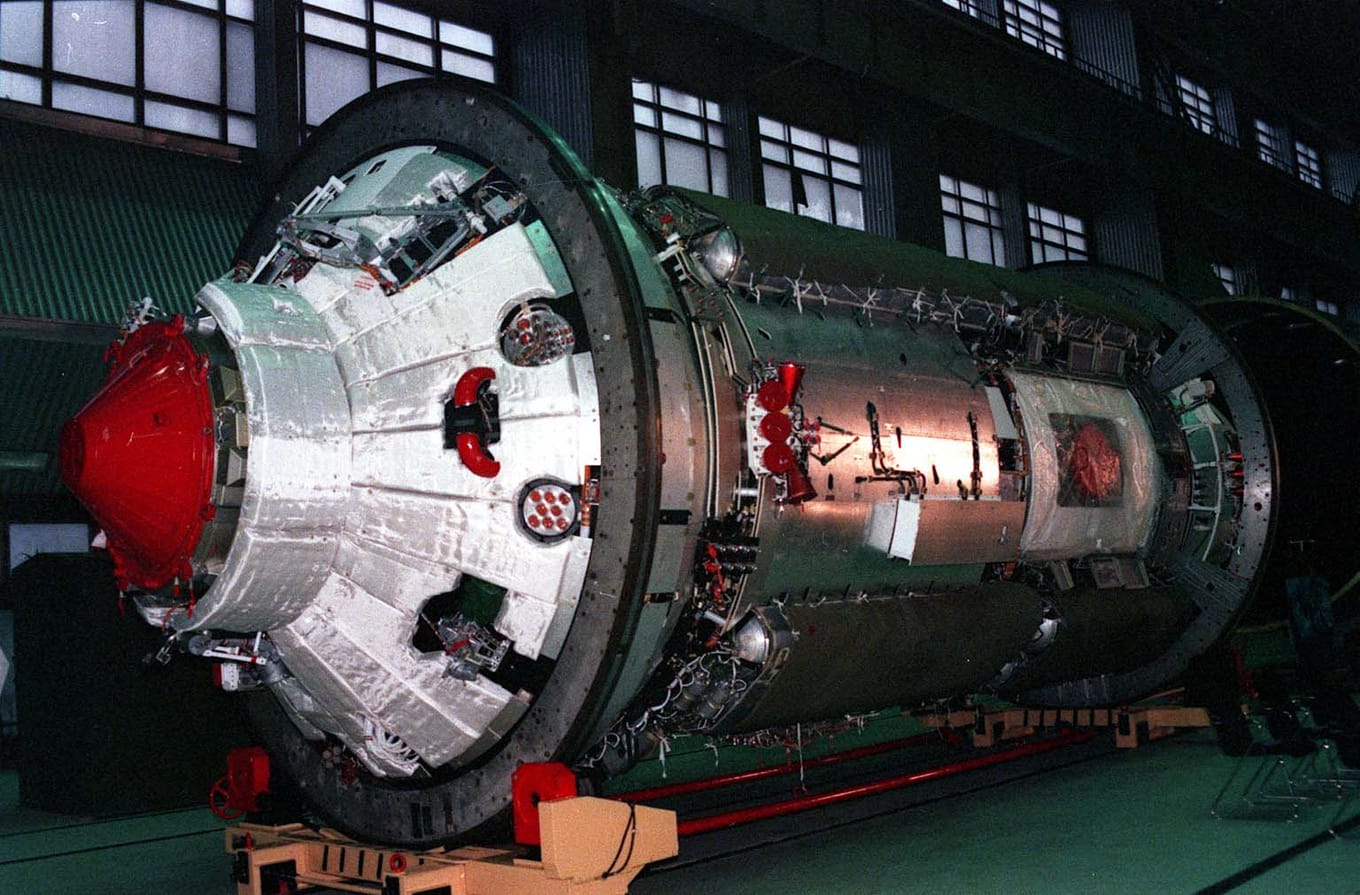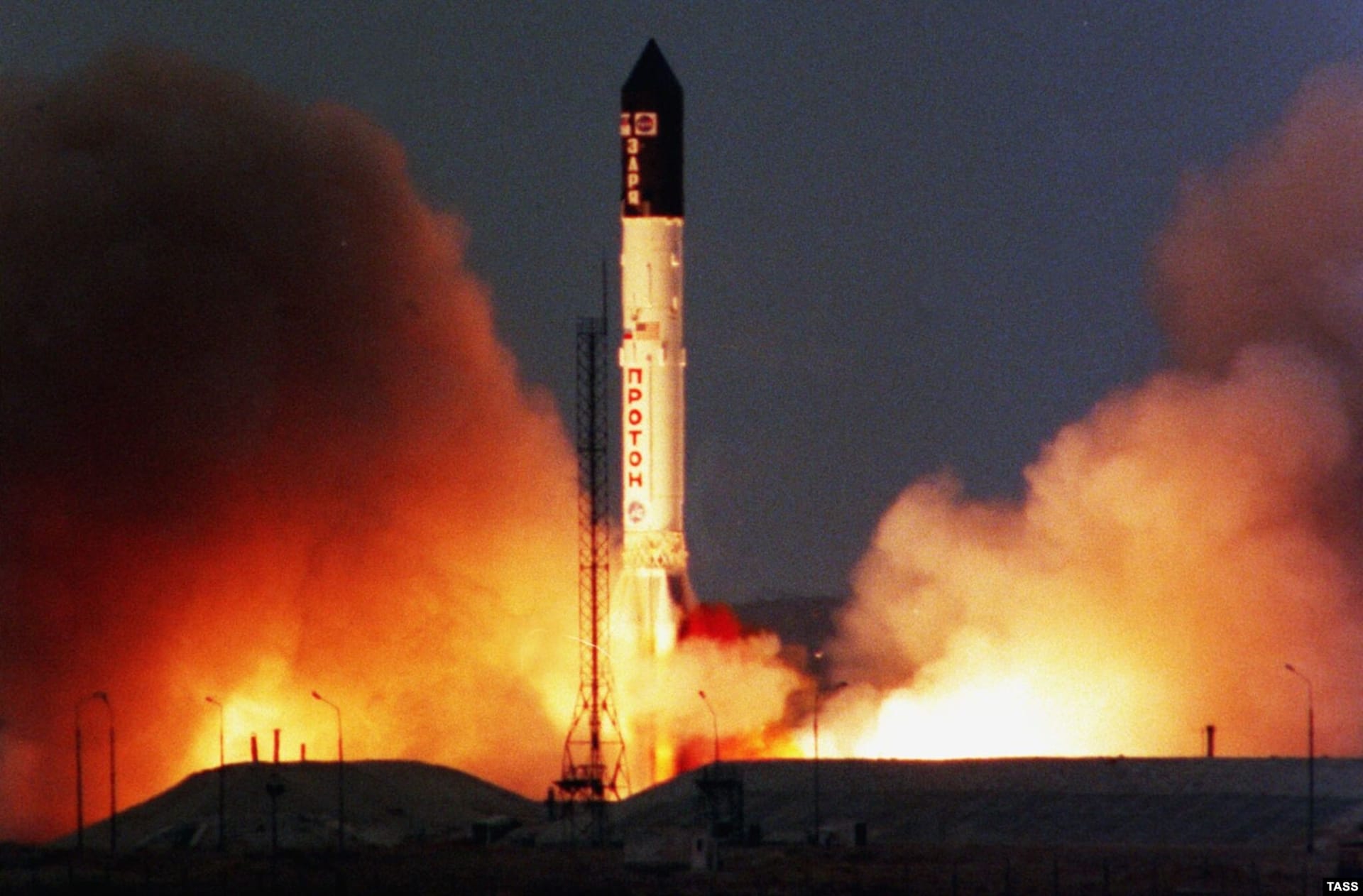Celebrating 25 Years of the Zarya ISS Module: The Dawn of International Space Cooperation
Hey there, space enthusiasts! Get ready to pop some cosmic champagne because we're celebrating 25 years since the launch of the Zarya ISS module. That's right, it has been orbiting the Earth for a quarter of a century!
Contents
- Zarya module: the dawn of the new space era
- Can we build it? Yes, we can!
- Zarya module then and now
- Zarya ISS module anniversary: why it is important
Zarya module: the dawn of the new space era
Let's take a quick trip down memory lane. Picture this: it's the late '90s, and countries are joining forces to create an unprecedented project – the International Space Station.
What's the first piece of this interstellar puzzle? You guessed it – Zarya! The USA and Russia chipped in and began to work on the module. Zarya, meaning “Dawn” in Russian, became a symbol of the new era of international cooperation in space exploration. And boy, did it live up to its name!

Can we build it? Yes, we can!
Building Zarya was no walk in the park. The design team at the Khrunichev Space Center in Russia got a project from Boeing. These guys took the best of Soviet/Russian tech and gave it a bit of an American twist to make it exactly what Boeing wanted. The construction process lasted from December 1994 to January 1998. It wasn't all smooth sailing, there were a few technical disagreements, but they managed to hash it out and get everything done on time.

On November 20, 1998, Zarya was successfully launched into space from Baikonur Cosmodrome in Kazakhstan. Less than two weeks later, the Space Shuttle Endeavour rendezvoused with it and attached the U.S.-built Unity connecting module.
Zarya module then and now
Zarya is not an average tin can in the sky. We're talking about a whopping 12-meter-long, 20-ton structure designed to play a critical role in keeping the ISS functioning. Before 2000, Zarya was providing the whole space station with power, propelled it to the right spots, and kept it at the right temperature. But then, when the Zvezda module arrived on July 26, 2000, most of those jobs were handed off to the new piece. As the station grew, other modules took on the rest of the work. But Zarya still has a job as a place to stash fuel and supplies.

As you know, the ISS is the largest structure people ever put into space: it took 10 years and more than 30 space missions to assemble it. Also, it is the first orbital laboratory: as of today, the ISS has hosted more than 3,000 research investigations. The ISS united engineers, scientists, and astronauts from all over the world. And all of this was possible because of Zarya, the first element, and foundation, of the ISS. Now that you know what it all began with, try passing our quiz about the ISS!

Zarya ISS module anniversary: why it is important
Zarya is the first module of the International Space Station, launched on November 20, 1998. For 25 years, it’s been a shining example of international cooperation – a true testament to what we can achieve when we work together.
